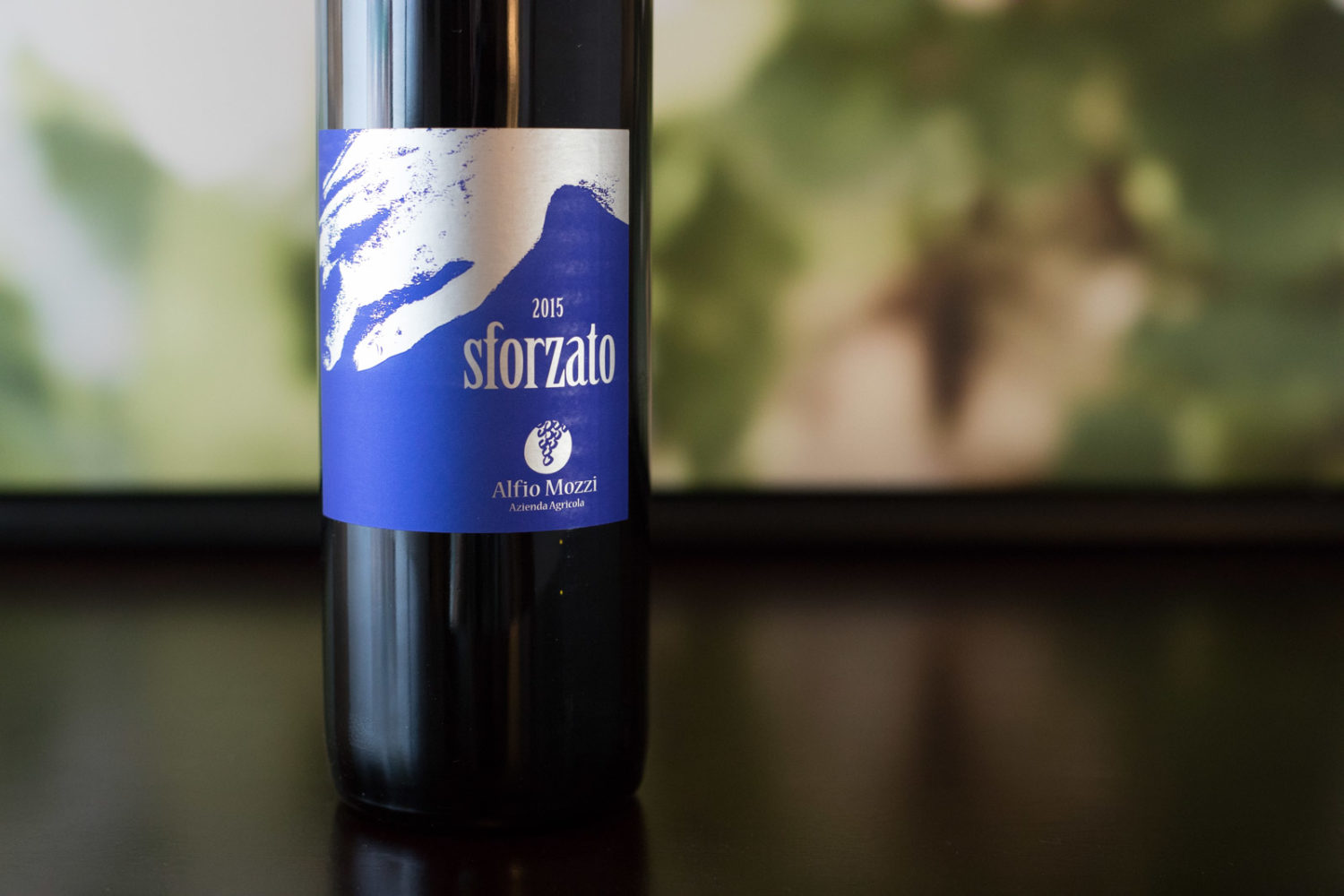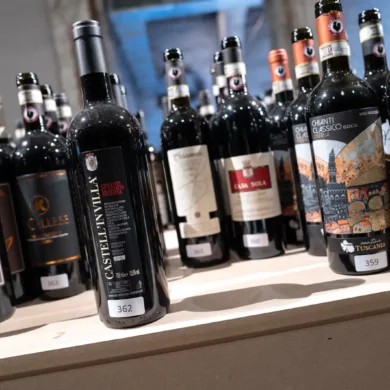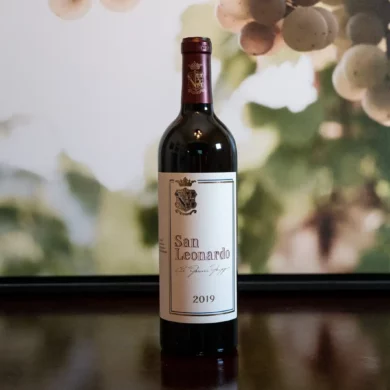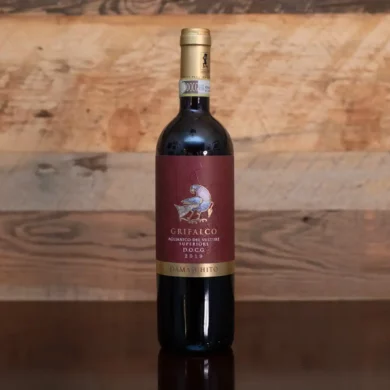This weekend is a big one for Opening a Bottle, as I begin a new chapter in the publication’s history with an offering of monthly virtual tastings. To be able to share what I’ve learned over my travels and years pouring through wine texts and studying for Wine Scholar Guild exams will be both a thrill and a privilege, and I am excited to see where it leads.
The first class will be an introduction to Nebbiolo, the great red wine grape of Northwestern Italy. As I put the presentation together, I couldn’t help but feel like 90 minutes wasn’t enough time to cover everything I felt was warranted in an introduction. How can you explain Nebbiolo without dabbling into Alto Piemonte and Valtellina? And how can you explain a place like Valtellina without describing its terraces, its heat-trap climate beneath the Alps, and the fact that Nebbiolo is likely to have originated there? It’s been a tricky syllabus to plan.
One Nebbiolo wine that has been largely left out of the presentation is Sforzato di Valtellina, a DOCG-level wine that marries the aromatic gymnastics of Nebbiolo with the weightlifting brawn of Amarone della Valpolicella. Like Amarone, Sforzato relies on partially dried grapes that are pressed, and whose juice is vinified dry. This is heady stuff: concentrated, powerful and highly alcoholic.
It is also fairly rare, which is why I left it out of the tasting and why I’ll only briefly mention it. But as an student of Valtellina, I did have a bottle on hand — the 2015 Alfio Mozzi Sforzato di Valtellina — and we opened it alongside a Valpolicella Superiore Ripasso last weekend. Because of its high alcohol and concentration, I’ve been “nursing” it all week, in the form of half-glass “check-ins” to see its evolution. Six days later and a single glass still remains in the recorked bottle in the fridge.
This wine is made of iron and will not fade. I might save some for the class after all, just to remind guests of this grape’s ability to improve over a week, which to me is a major selling point to home chefs and curious wine lovers. Forget cellaring for a moment (few people have the space or climatic conditions to do it right anyway, particularly in dry Colorado where I live). That same attribute that allows Sforzato and Barolo and Barbaresco and Gattinara to age for decades allows them to reveal their secrets slowly over a week if you are a patient drinker and if the wine is young.
Alfio Mozzi is a small Valtellina producer who has recently converted to organic and is working toward biodynamic viticulture, a task of extreme difficulty given the steep terracing of his vineyards in the Il Grisone plot of Sassella. The Sforzato comes from vines ranging in age from 5 to 100 years.
Let that sink in for a moment: organically farmed, centenarian vines on steep, terraced slopes beneath the snowy Alps that are harvested by hand, laid on racks to dry, pressed, and what little juice results is made into this rare, high-octane wine.
No wonder they call it Sforzato di Valtellina. Sforza means “strained” in Italian, and I imagine Mr. Mozzi has done his fair share of straining to usher this wine into existence.
2015 Alfio Mozzi Sforzato di Valtellina
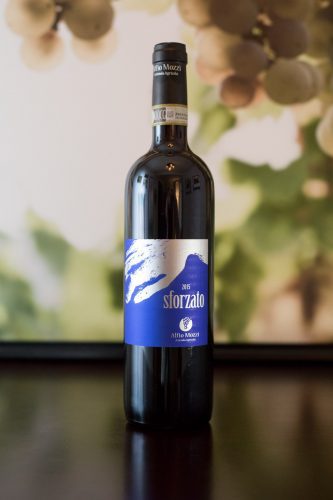 Sforzato di Valtellina DOCG (Lombardy)
Sforzato di Valtellina DOCG (Lombardy)
Grapes: Nebbiolo (100%)
Alcohol: 16%
Opinion: ★★★★ 3/4 (out of five)
Food friendliness: Selective
Value: As expected
A beginner might like … The sheer power and depth of this wine, mixed with that classic Italian interplay of bittersweet flavors and wooly tannins. This is no shrinking violet.
A wine obsessive might like … The way this sforzato’s veneer of power and high alcohol shields yet slowly reveals the wine’s details. This Nebbiolo takes some time to get to know, but that is part of its beauty. Tones suggestive of dark cherries, blueberries, blue flowers, mushroom and petrichor … they’re all there, but they are adept at playing hide and seek.
Note: This wine was provided as a sample based on a story pitch from our editor by the winery’s importer, Weygandt-Metzler. Learn more about our editorial policy.

